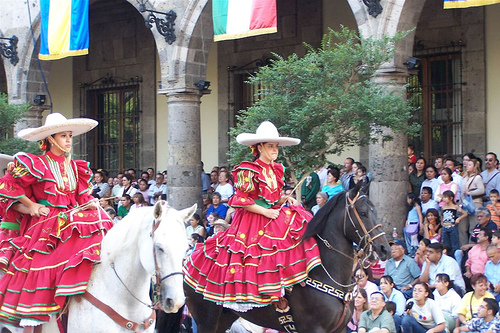
This Human-Headed Winged Bull is a Lamassu, which is an Assyrian protective deity, often depicted as having a human head, the body of a bull or a lion, and bird wings.
The horned cap attests to its divinity, and the motif of a winged animal with a human head is common to the Near East. The first distinct Lamassu motif appeared in Assyria as a symbol of power.
The sculptor of this Human-Headed Winged Bull gave this guardian figure five legs so that they seem to be firmly standing when viewed from the front but striding forward when seen from the side.
Lamassu protected and supported essential doorways in Assyrian palaces. This sculpture is one of a pair of lamassu that was placed at the entrance of a prominent palace.
Assyria
The Assyrian Empire was a dominant Mesopotamian empire of the ancient Near East and the Levant. Centered on the Tigris in Upper Mesopotamia, it consisted of substantial parts of the greater Mesopotamian “cradle of civilization,” which included Sumer, the Akkadian Empire, and Babylonia.
Nimrud
Nimrud is located 30 kilometers (20 mi) south of the city of Mosul, Iraq, in the Nineveh plains in northern Mesopotamia. Archaeological excavations at the site began in 1845, and many important pieces were discovered.
The city was labeled the name “Nimrud” in modern times after the Biblical Nimrod.
Human-Headed Winged Bull (Lamassu)
- Title: Human-Headed Winged Bull (Lamassu)
- Date: 883–859 B.C.
- Found: Mesopotamia, Nimrud (ancient Kalhu)
- Materials: Gypsum alabaster
- Culture: Assyrian
- Dimensions: H. 123 1/2 x W. 26 1/2 x D. 122 in., 15999.8 lb. (313.7 x 67.3 x 309.9 cm, 7257.4 kg)
- Museum: Metropolitan Museum of Art – MET
Lamassu from the citadel of Sargon II
Assyrian art Human headed winged lion and bull Lamassu
Lamassu: Cherubim Anthropomorphic Zodiacal Guardians
Explore the Metropolitan Museum of Art
MET Greek and Roman Art Collection
- Statue of a Kouros
- Amathus Sarcophagus
- Mycenaean Terracotta Female Figures
MET Egyptian Art Collection
- The Temple of Dendur
- The Sphinx of Hatshepsut
- William the Faience Hippopotamus
MET Asian Art Collection
- Luohan – Yixian Glazed Ceramic Sculpture
- Pillow with Landscape Scenes – Zhang Family Workshop
- Jar with Dragon
MET Ancient Near Eastern Art Collection
- Sumerian Standing Male Worshiper
- Head of a Beardless Royal Attendant – Eunuch
- Human-Headed Winged Bull (Lamassu)
MET Islamic Art Collection
- Blue Qur’an
- Marble Jar of Zayn al-Din Yahya Al-Ustadar
- The Damascus Room
MET Arts of Africa, Oceania, and the Americas Collection
- Benin Ivory Mask
- African Face Mask – Kpeliye’e
- Sican Funerary Mask – Peru
- Ceremonial Axe – Papua New Guinea
Lamassu
~~~
“The rich would have to eat money if the poor did not provide food.”
– Assyrian Proverb
~~~
Photo Credit: 1) JOM
Popular this Week








 Sponsor your Favorite Page
Sponsor your Favorite Page SEARCH Search for: Search Follow UsJoin – The JOM Membership Program
Sponsor a Masterpiece with YOUR NAME CHOICE for $5
Share this:
- Tweet
